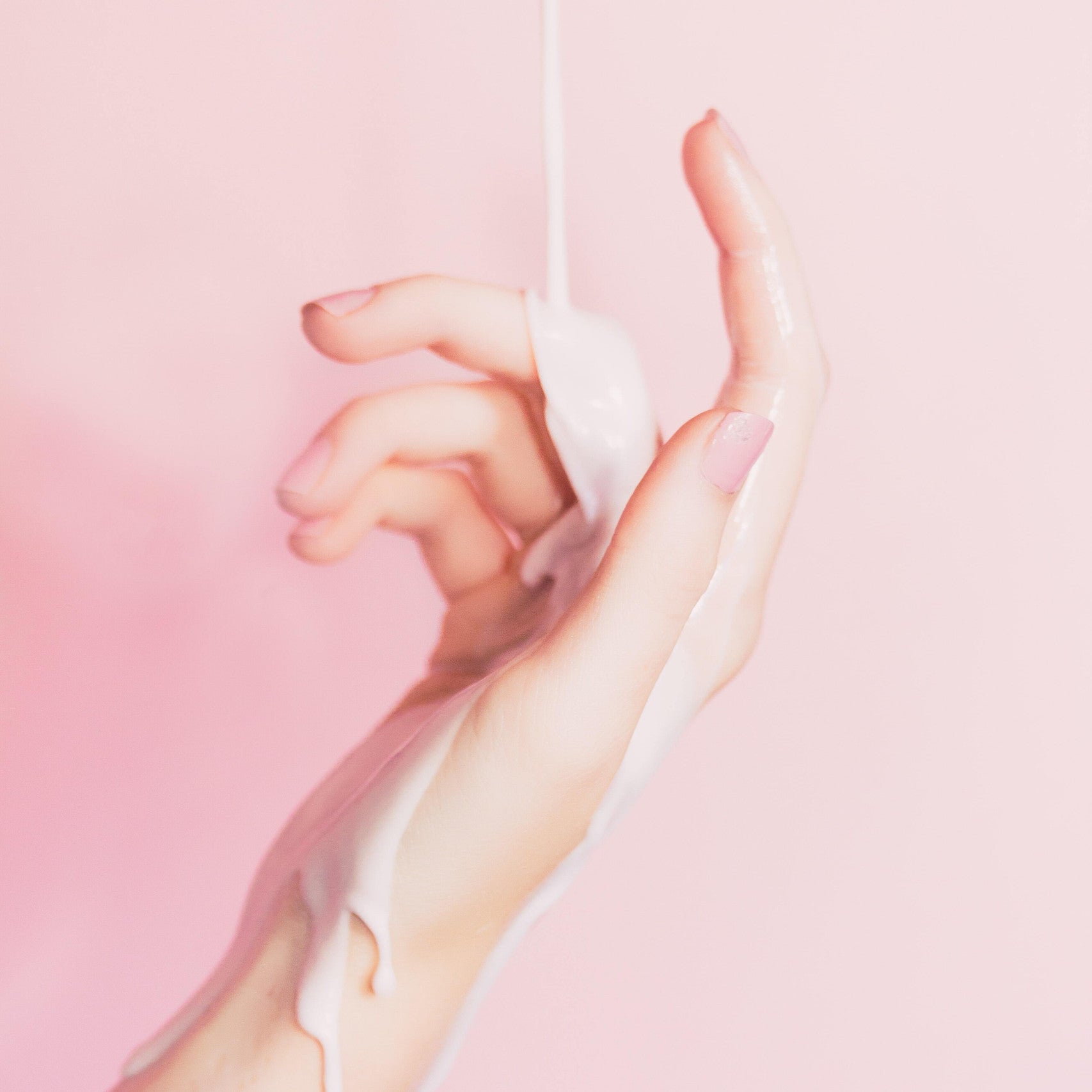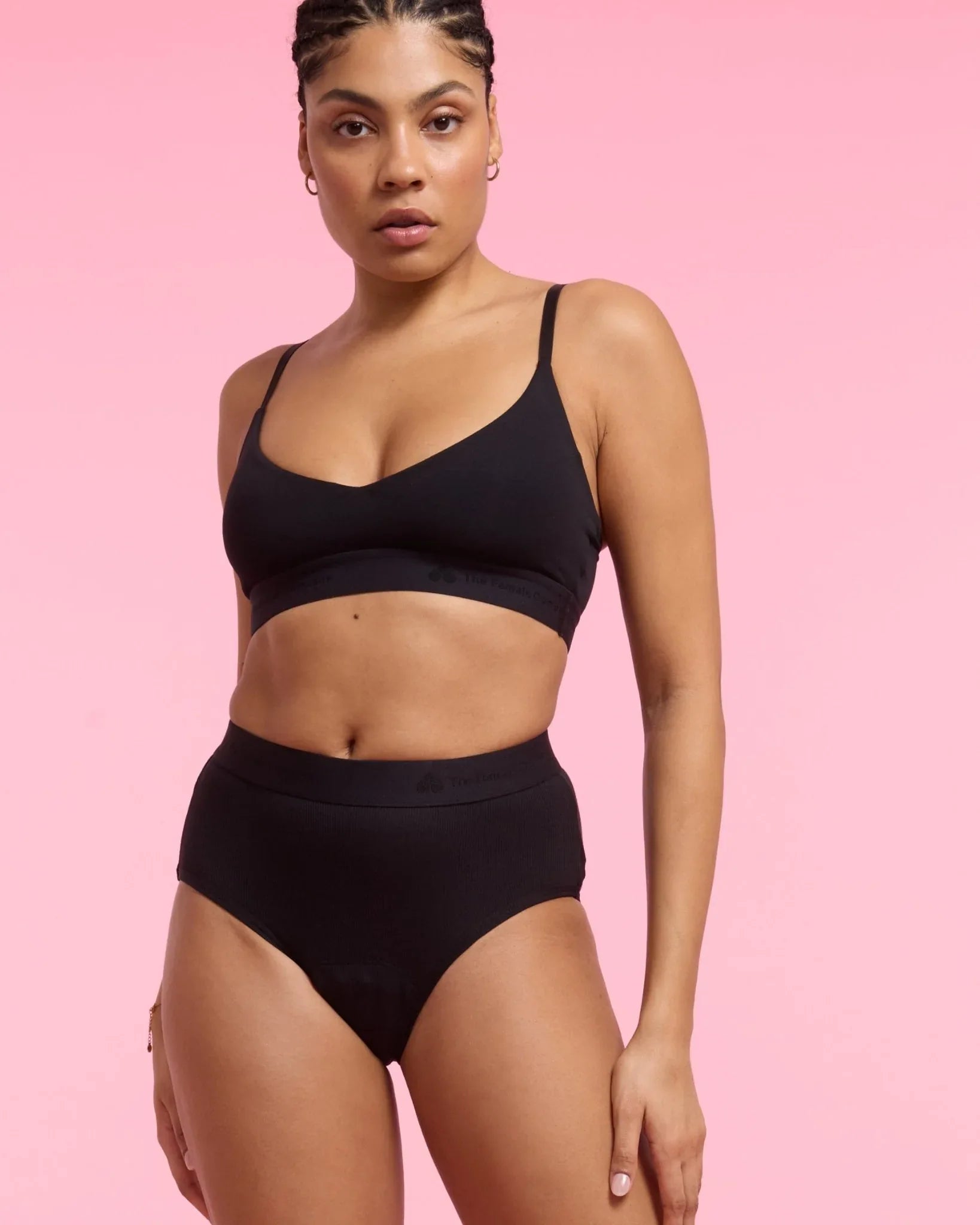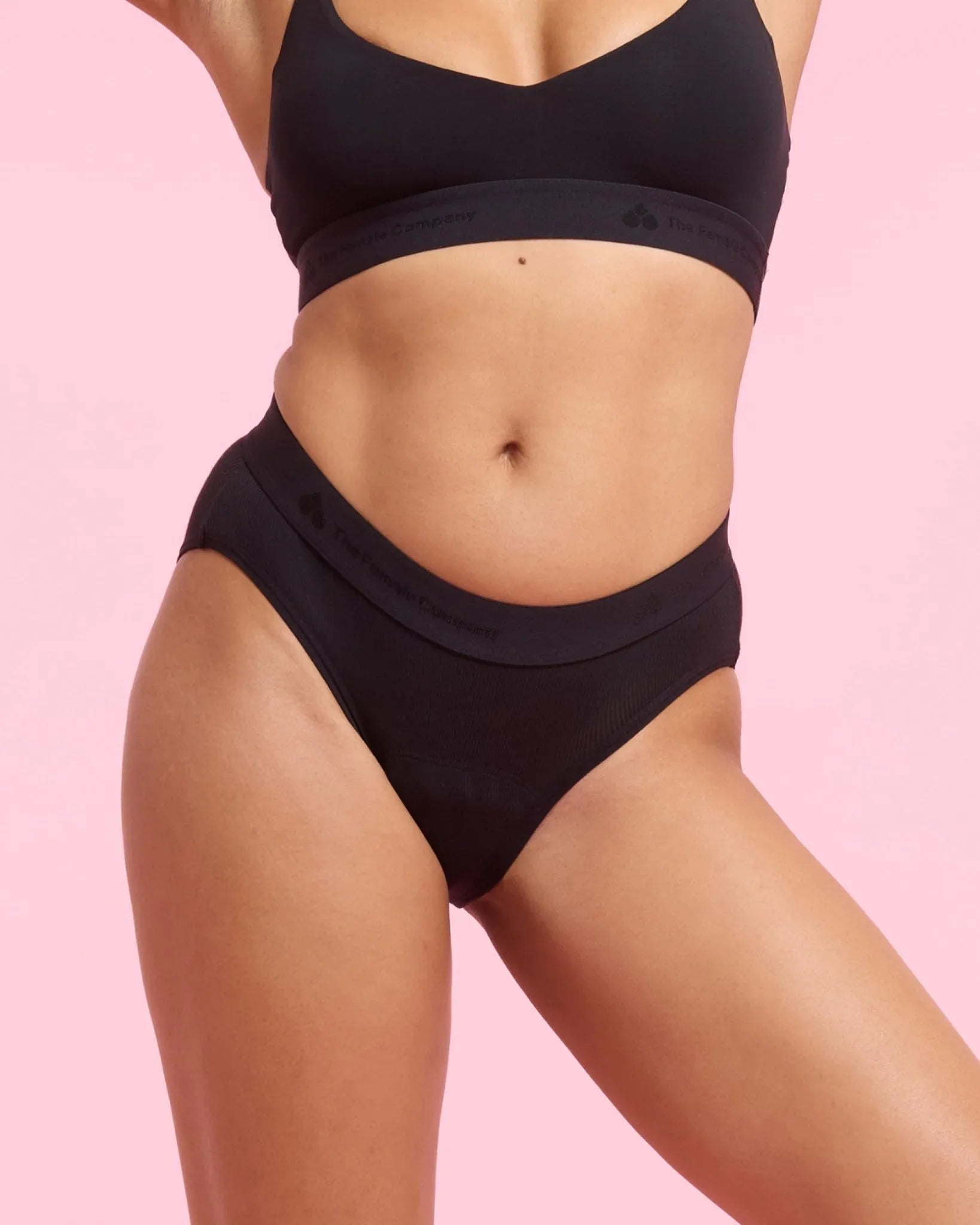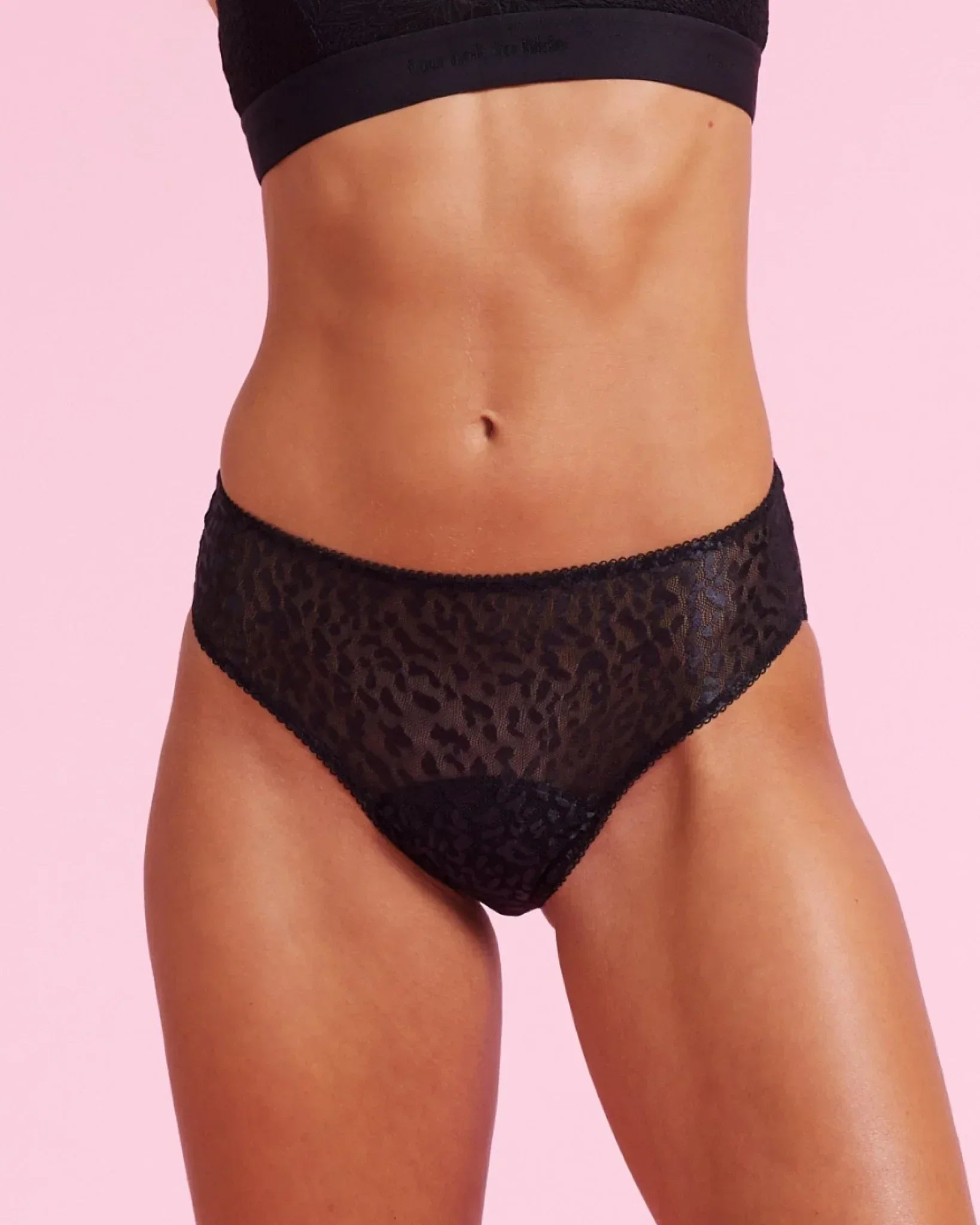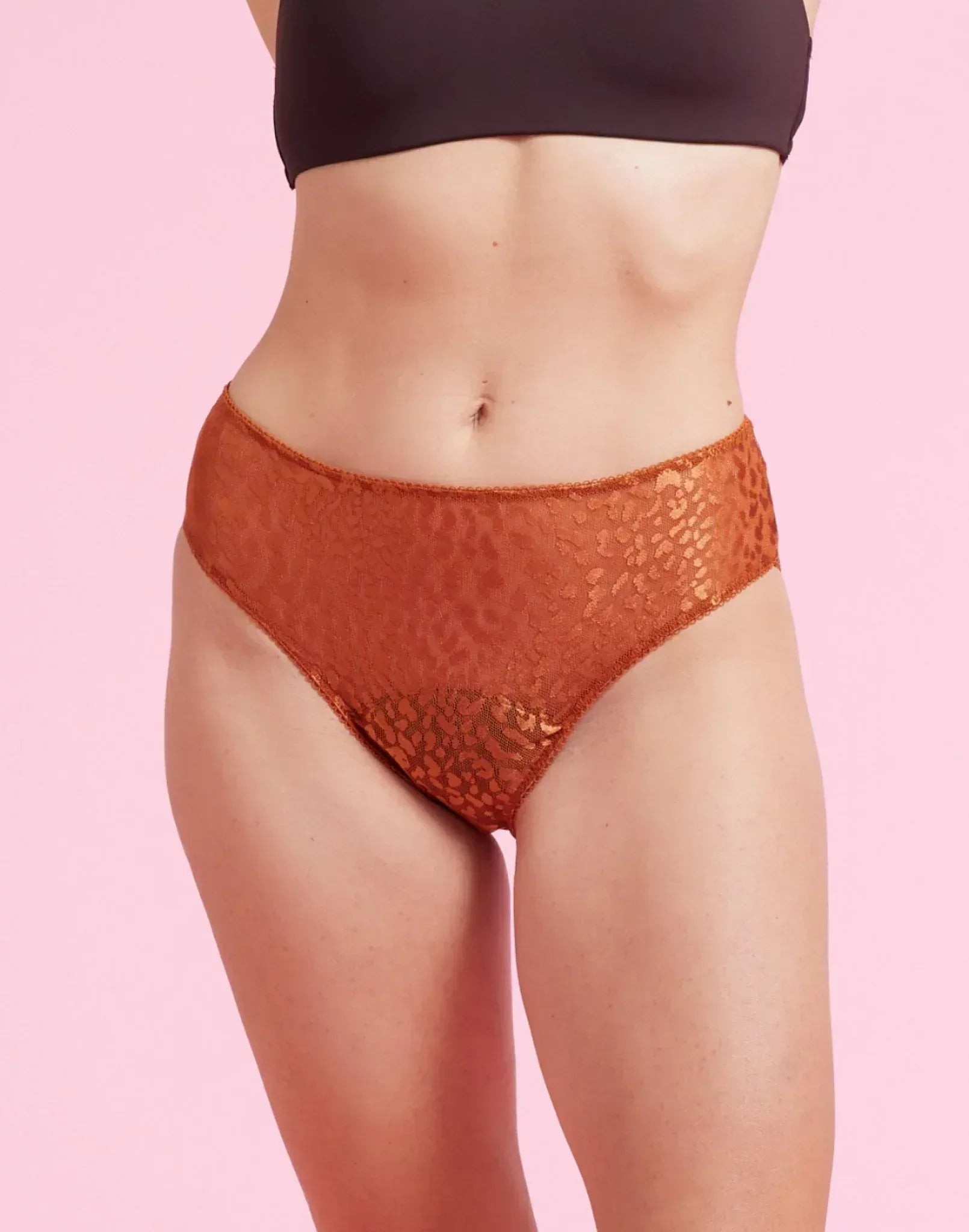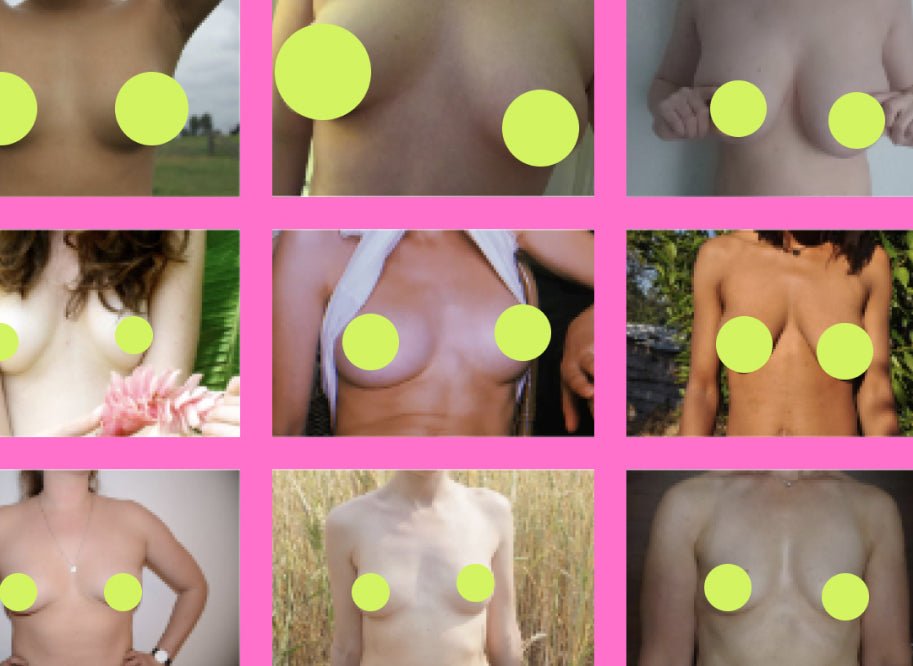How well do you know your boobs? It may sound strange, but regularly checking your breasts can be life-saving. These self-examinations are more than just a cursory feel of your breasts - they are your first step toward early detection of breast cancer. Imagine it's your first date with your breasts: take your time, be attentive, and get to know every little detail. The better you know your breasts, the faster you can notice changes and act in time. In this guide, we show you how to examine your breasts properly and what to look for to protect your health.
Disclaimer: If you are unsure or have any questions, always consult your doctor and seek professional advice.
Summary
You know yourself and your boobs best! That is why regular breast self-exams are essential for early detection of breast cancer.
Not sure? Talk to your doctor about any changes .
Starting at age 30 , you should have an annual clinical breat exam, and starting at age 50 , you should have a mammography screening every two years.
Table of contents
Contents
1. Why your date with your breasts is so important!

One in eight women in Germany will develop breast cancer, making it by far the most common cancer in women. Breast cancer occurs when cells in the breast grow out of control and form a tumor. Once it damages and destroys surrounding tissue, it is considered malignant or cancerous. Men can also be affected, although this is very rare. In both cases, the earlier the cancer is detected, the better the chances of survival. About four out of five women survive breast cancer. That's why regular self-exams and date nights with your breasts are so important!
2. How to properly examine your breats
Step 1: Preparation
Before you "meet" your breasts, create a relaxed environment. Make sure you have a mirror and good lighting . This "date night" should be uninterrupted so you can fully concentrate on the examination.
Step 2: The right time
Timing is everything, even for breast exams. The best time is a few days after the end of your period, when your breasts are least tender. For menopausal or post-menopausal women, a fixed day each month is recommended to maintain a routine.
Step 3: The first impression
Stand in front of a mirror in a well-lit room. Relax and let your arms hang down. Look carefully at your breasts, noting any changes in shape, size, or skin texture. Now raise your arms above your head and look again. Repeat with your hands on your hips and leaning slightly forward.
Especially the first time, it's important to become familiar with your breasts and their unique features .
Step 4: Getting closer
Examine your breasts gradually. Start with one side. For example, place your left hand behind your head and use your right hand to examine your left breast. Using your three middle fingers, move them in a circular motion from the outside to the inside until you have examined all areas. Then repeat the process in a linear motion from top to bottom and from left to right. Repeat the process while lying down. Don't forget the lymph nodes; gently stroke your fingers from the armpit to the nipple.
Step 5: Repeat
Women often detect early signs of breast cancer on their own. They usually find small changes before anyone else can see or feel them because each breast is unique! Regular self-exams can help you become more aware of your body and better able to recognize changes.
3. Time for a check-up!

If you are 30 or older, your health insurance will cover your first screening, including a breast and lymph node exam by your doctor. Between the ages of 50 and 69, you can get a mammogram every two years.
Again, the more often you go, the better the change of detecting changes.
Work with your doctor to review your medical history and check for a family history of breast cancer. Special counseling, genetic testing, and more can help determine your risk more accurately.
However, some experts are critical of breast self-exams. They argue that it has no significant impact on breast cancer mortality and can lead to the discovery of numerous benign lumps, causing unnecessary anxiety and unnecessary biopsies. Self-examination does not significantly reduce mortality because palpable tumors are often not small. In addition, the biological characteristics of a tumor can be critical in determining the course of the disease.
A regular date night routine with your breasts can be crucial to your health. Take the time to get to know them and identify changes early. Together with your doctor, you can play an active role in the early detection of breast cancer.


